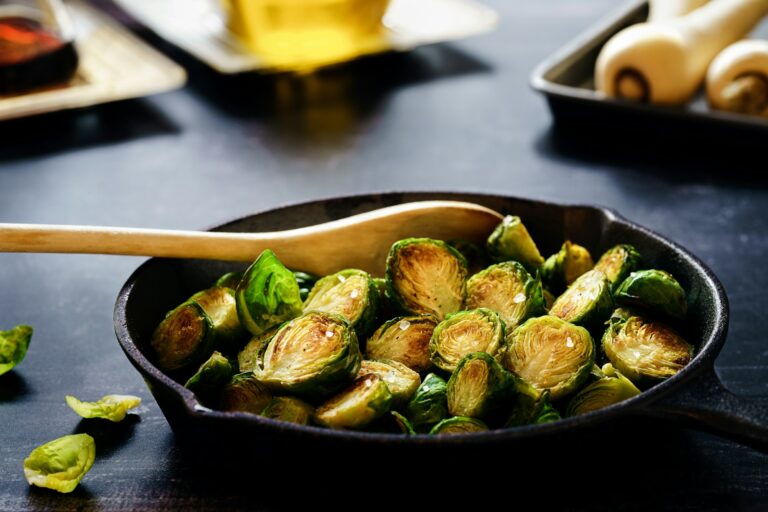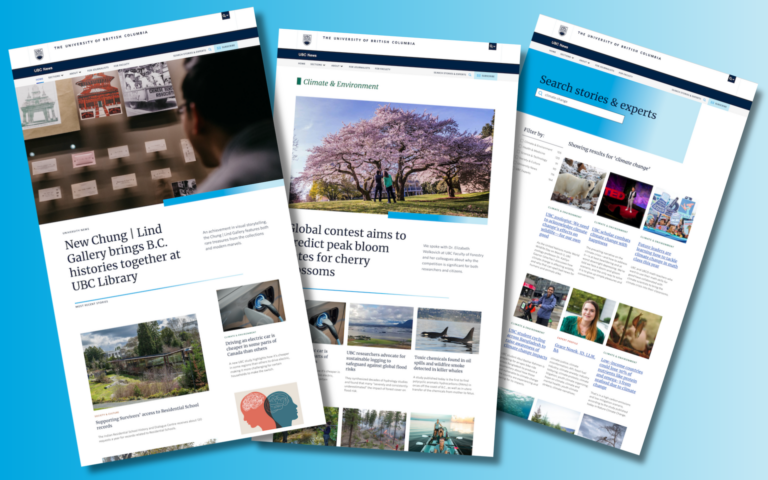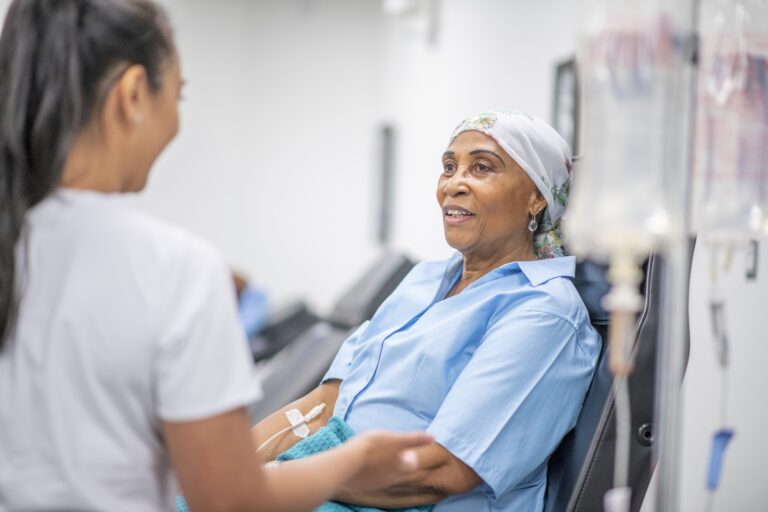Health care leader Tania Dick joins UBC as its first Indigenous nursing lead
Tania Dick, a member of Dzawada’enuxw First Nations of Kingcome Inlet and a renowned Indigenous health care leader, has joined UBC as its first ever Indigenous Nursing Lead.
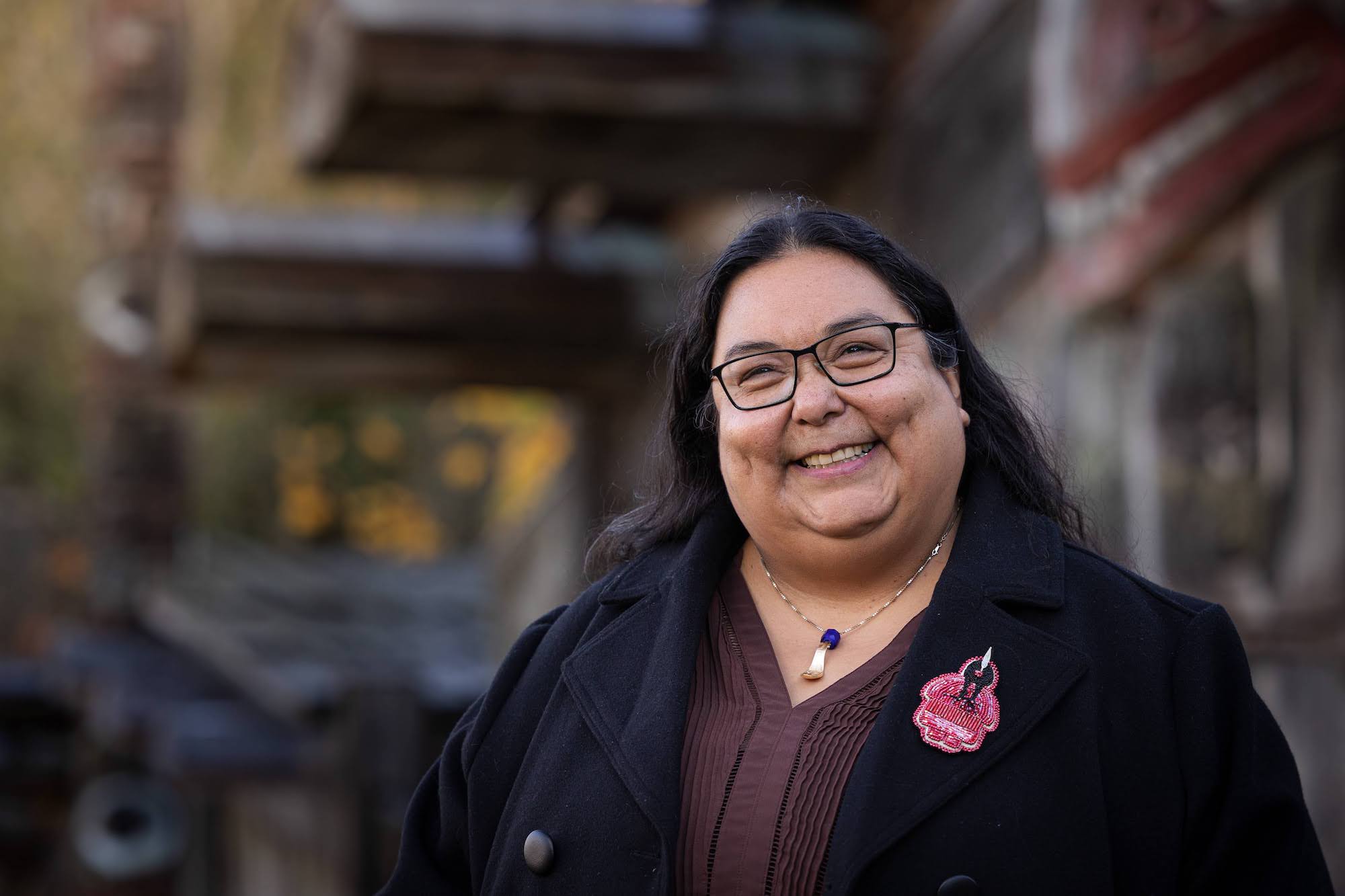
Credit: Kai Jacobson
Tania Dick, a member of Dzawada’enuxw First Nations of Kingcome Inlet and a renowned Indigenous health care leader, has joined UBC as its first ever Indigenous Nursing Lead.
The role was created at UBC Vancouver’s school of nursing to help guide work on reconciliation and prepare the next generation of nurses to uphold Indigenous Peoples’ human rights and end racism in health care.
In this Q&A, Ms. Dick—a registered nurse in B.C. for more than 18 years with two degrees from UBC Vancouver’s nursing program—discusses the work ahead and her vision for the future of Indigenous health care.
Why was this role created, and why now?
Indigenous people have traditionally not fared well in Canada’s health care system, but having Indigenous nurses in the system can change that, by ensuring that patients receive informed, respectful care in a culturally safe environment.
Yet we have very few nurses who are Indigenous. When I was a master’s student at UBC in 2010, there was just one other Indigenous student. At that time, no courses looked into Indigenous health and Indigenous nursing. There was not much understanding of what Indigenous nursing could and should look like. It was a difficult time. The numbers have improved somewhat—right now we have 11 Indigenous nursing students—but we need to do more to support Indigenous nurses.
Recognizing this need, several nursing faculty members and the director of the school of nursing at UBC worked very hard to create this role. My mandate is to help guide the faculty in supporting Indigenous nursing students who are just starting their practice and in creating more culturally competent and safe nurses overall—while increasing awareness of their own biases in the process.
As a nurse for more than 20 years and an Indigenous person, I know how challenging it can be out there. I have experienced the kind of racism on the job that some of these nurses will face.
How do you see your role shaping nursing education and health care in general?
I hope I can help increase the number of Indigenous students successfully graduating from the program. Right now, we have five undergraduate and five master’s nursing students and one student in the PhD program. It makes me feel emotional knowing that the population of Indigenous nursing students is growing.
My role will also build on what we have learned from In Plain Sight—the recent provincial review of Indigenous-specific racism and discrimination in B.C. health care—the Truth and Reconciliation Commission’s final report, and the United Nations Declaration on the Rights of Indigenous Peoples, among others. With the pathways and data from these reports, we’re going to move forward to ensure every single student understands the reports and have their practice be influenced by it.
What needs to change in the way nursing students learn?
I’m hoping that students will learn to flourish around this topic of Indigenous health. Students need to learn from a culturally safe and appropriate curriculum that is centred on cultural safety and humility. A new mandatory course that we developed for undergraduate nurses—NURS 353: Promoting the Health of Indigenous People—is an exciting step in the right direction.
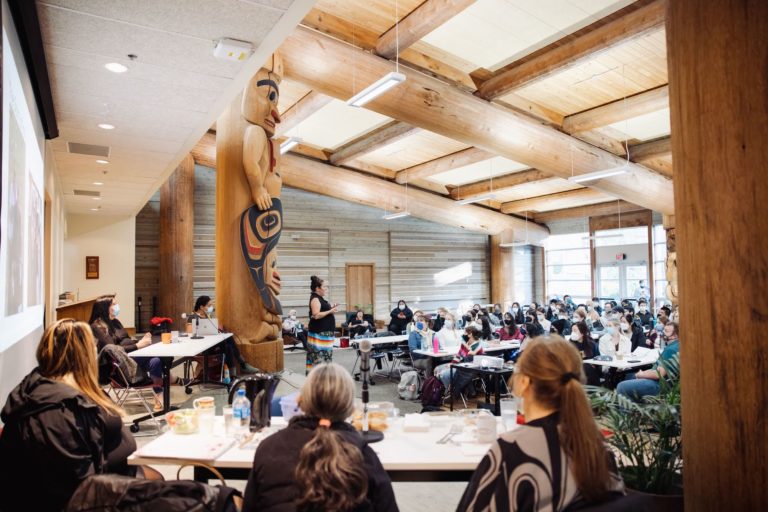
In my experience, people in the field may not know how to support the Indigenous community in health care. So it’s important that students can learn how to practice nursing in a healthy, positive way. That’s how we’re going to nurture strong nurses.
Interview language (s): English
